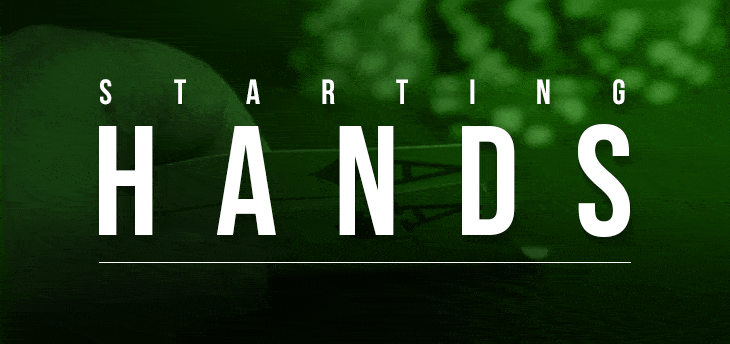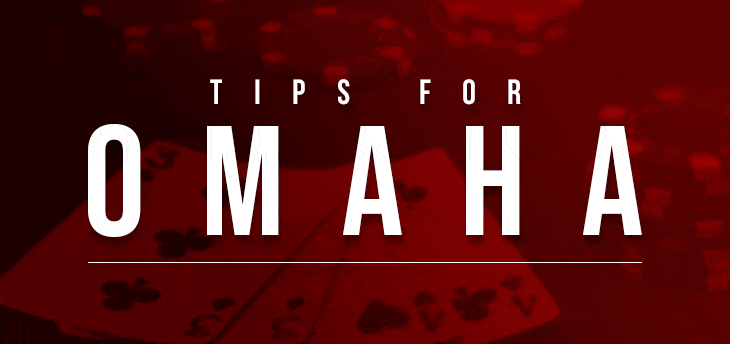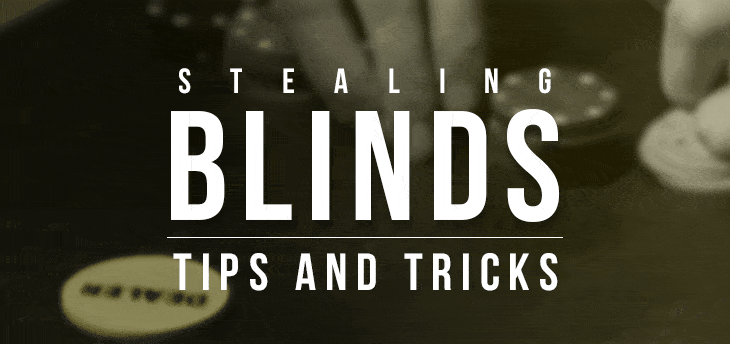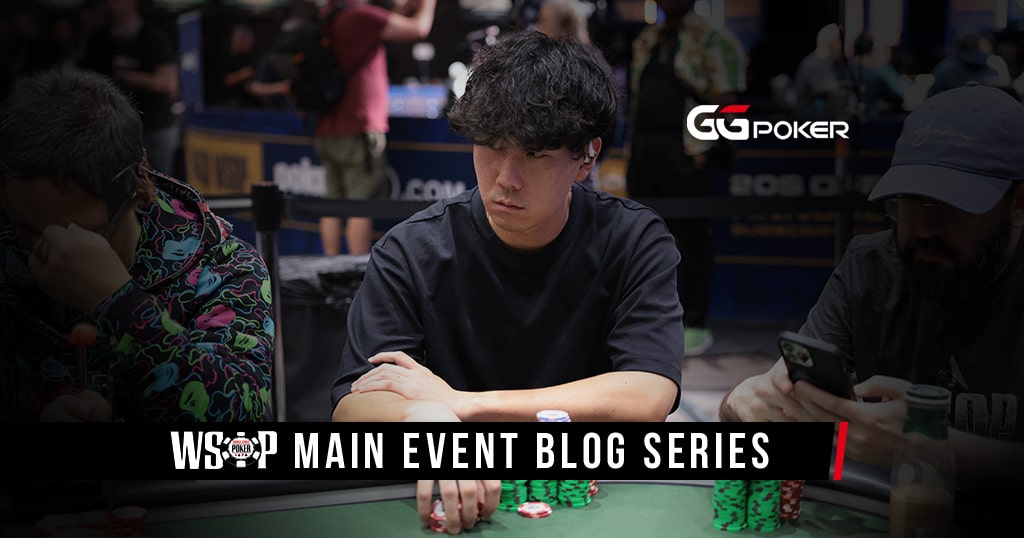Starting Hands Strategy

Poker isn’t a game of pure chance. As any seasoned player will tell you, the true essence of poker lies in its strategy. Nowhere is this more evident than in the decisions you make right at the beginning of each hand. Welcome to the battleground of starting hands strategy in poker, where a game can be won or lost in the first few moments.
Are you just nodding along, pretending to know what I’m talking about? Or are you genuinely curious about how the choice of starting hands can change the course of your poker game? Either way, we’re about to embark on a thrilling journey into the world of poker starting hands strategy.
So put on your poker face, grab your chips, and let’s dive in.
“Setting the Stage: The Importance of Starting Hands in Poker”
You might wonder, “What’s the fuss about starting hands? Surely poker is more about the river and the turn, right?” Well, my friend, starting hands are the very foundation of your poker game. They’re like the first steps of a journey, setting the direction for everything that follows.
Playing the right starting hands can put you in a strong position, giving you a chance to rake in those sweet, sweet chips. On the other hand, playing poor starting hands can put you in a weak position, leaving you chasing a losing game.

“The Power Players: Top Tier Poker Starting Hands”
In the high stakes game of poker, some starting hands are the superstar players. They’re your go-to hands, almost always worth playing.
These include high pairs like AA, KK, and QQ, as well as high-suited connectors such as AK, AQ, and AJ. With these hands, you’re starting off strong, and it’s usually worth making a bet or a raise. Remember, though, poker is a game of skill and strategy, not just good cards. Even the best starting hand doesn’t guarantee a win, so keep your wits about you.
“The Deceptive Hands: Suited Connectors and Small Pairs”
Then we have the starting hands that are like chameleons, their value changing based on the circumstances. These include suited connectors (cards of the same suit in numerical sequence) and small pairs.
Suited connectors can be deceptive; they might not look like much at first glance, but they have the potential to develop into a strong hand, such as a straight or a flush.
Small pairs, on the other hand, are a bit of a wild card. They might give you a set, which can be a strong hand, but it’s also possible they won’t improve much on the flop. When playing these hands, you’ll need to consider the number of players in the game and the betting action.

“Steer Clear: The Hands to Fold Pre-Flop”
In the high-stakes chess game of poker, mastering the art of folding pre-flop is as crucial as playing the winning hands. The trap of low, unsuited, and unconnected hands lies in wait for the unwary. These hands, like the deceptively weak 7-2 offsuit or the treacherous 9-5 unsuited, are often a one-way ticket to loss, even when you can get in cheaply from the Big Blind. It’s not just about avoiding these hands; it’s about reading the table and knowing when to step back. Folding these risky starters isn’t an admission of defeat, but a strategic retreat, saving your chips for a stronger battle ahead. Remember, poker is a marathon, not a sprint. In the nuanced landscape of the game, folding such hands is akin to a skilled chess player sacrificing a pawn for a greater strategic position. It’s about knowing that the real power often lies not in the hands you play, but in the hands you wisely choose to fold before the flop.

“The Final Verdict: Adapting Your Strategy Based on the Game”
The final verdict on your strategy hinges on your ability to adapt. Each game is a unique ecosystem, and your starting hand strategy must morph to suit its ebb and flow. In a tight, cautious game, where players guard their chips like precious jewels, the door opens for playing marginal hands. These scenarios often allow less conventional hands to sneak through as potential winners. Conversely, in a loose game brimming with action, the winds shift. Here, sticking to your high-tier, robust starting hands is the mantra, as the likelihood of these hands holding up against aggressive play is higher. This strategic adaptability is what separates seasoned players from novices. It’s about reading the room, understanding the tendencies of your opponents, and altering your approach accordingly. Mastering this fluidity in strategy, where you can seamlessly switch gears based on the game’s nature, is the hallmark of a poker virtuoso.
Conclusion: The Power of the Right Starting Hands in Poker
Poker isn’t just a game of luck; it’s a strategic battleground where the right starting hands can make all the difference. Knowing what to play and when to fold is the first step on your journey to poker prowess.
Remember, top-tier hands like high pairs and high-suited connectors are your power players. Suited connectors and small pairs can be valuable in the right circumstances, but always proceed with caution. And avoid those low, unsuited, and unconnected hands like the plague.
Pair this knowledge with a keen understanding of the game and your opponents, and you’ll be well on your way to mastering the art of poker. So, shuffle up and deal. It’s time to put your poker starting hands strategy to the test. Ready to make the right call? Good luck!
Whether you’re a fan of high-stakes cash games or the excitement of multi-table poker tournaments, GGPoker is the premier destination for poker enthusiasts. For those aiming to compete for a prestigious WSOP bracelet, push through the ranks for a WSOP Circuit ring, or simply hone their strategies in classic games or poker formats, GGPoker has something for everyone. The platform offers a seamless online poker experience, with innovative features like Smart HUD, PokerCraft, and integrated staking, designed to elevate your game. Whether you’re grinding your way up in daily cash games or competing for life-changing prizes in major online series, GGPoker provides the best environment to play, improve your poker skills, and succeed in the world of online poker. And if you are not sure where to start, you can always play free poker games and learn at the GGPoker School.





